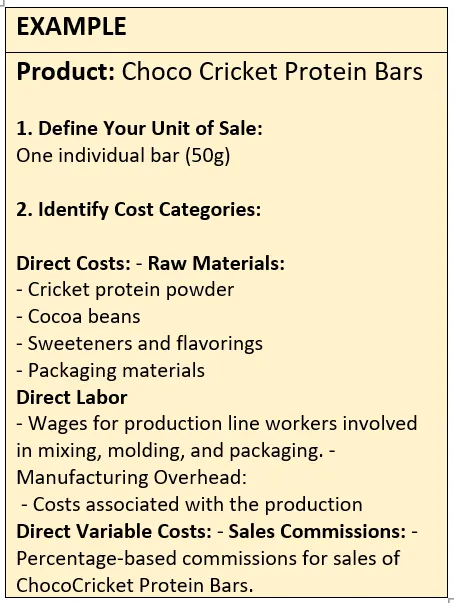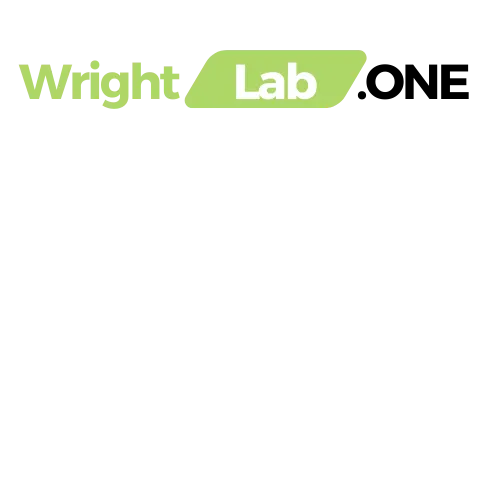How to Guide: Basic Costing and Pricing for New Products or Services
Use like a Checklist:
1. Define Your Unit of Sale:
- Clearly specify the unit in which you'll sell your product, whether it's an individual item, a package, or another unit. This is crucial for accurate cost and pricing calculations.
2. Identify Unit Cost Categories:
a. Direct Costs and / or Direct Variable Costs:
- Raw materials (e.g., components, packaging)
- Direct labor (wages for production workers)
- Manufacturing overhead (e.g., factory rent, utilities)
- Direct Marketing Costs
- Miscellaneous items (thank you cards, napkins, fuel, condiments,…)
Think deeply about what the customer receives for “One Unit of Sale” and all the associated Variable related costs.

3. Research Individual Unit Costs:
a. Explore Private Label Manufacturers and Wholesalers
- Private Label Manufacturers - Companies making products for others to sell under their brand.
- Wholesalers - Businesses buying bulk goods, selling smaller quantities to retailers.
b. Compare Supplier Prices: - Utilize platforms like Alibaba, Thomasnet, or industry-specific directories.
c. Research Labor Rates: - Explore websites like Glassdoor or Salary.com for average wages relevant to your production process.
d. Find Industry Benchmarks: - Look for industry reports, white papers, or articles on platforms like Statista, IBISWorld, or McKinsey & Company for average cost data.
4. Consider Economies of Scale:
- Utilize online calculators or consult with industry experts to estimate potential cost reductions as production volume increases.
5. Choose a Pricing Strategy:
a. Cost-Plus Pricing: - Add a desired profit margin to total cost.
b. Value-Based Pricing: - Set a price based on the perceived benefits and value to customers.
c. Competitive Pricing: - Analyze market prices for similar products and position your price accordingly.
6. Use Costing Methods:
a. Activity-Based Costing: - Allocate costs to specific activities involved in creating the product for a precise view of cost drivers.
b. Process Costing: - Track costs incurred at each stage of the production process, suitable for continuous flow production.
c. Job Costing: - Track costs for individual projects or batches, ideal for custom or low-volume production.
Web Research Tools:
- Financial Modeling Tools: Excel, Google Sheets
- Industry Reports and Databases: Statista, IBISWorld, McKinsey & Company
Additional Tips and Tricks:
- Outsource Tasks: Consider outsourcing non-core tasks like accounting or packaging to save costs.
- Negotiate with Suppliers: Leverage projected volume and long-term commitment for discounts.
- Seek Feedback: Get input on your pricing strategy from potential customers and industry experts.
- Build in Cost Buffers: Include buffers in estimates for unexpected cost increases.
- Monitor and Adjust: Regularly review costs and adjust pricing strategy as needed.
Remember:
- Costing is an ongoing process; update estimates as more information is gathered.
- Be realistic in estimations to avoid financial difficulties.
- Consider seeking professional help from accountants, financial advisors, or industry consultants.
Use this guide as a starting point to begin uncovering the true cost of producing your product or service. For more information consider this article by indeed, https://www.indeed.com/career-advice/career-development/product-cost-definitive-guide-example

